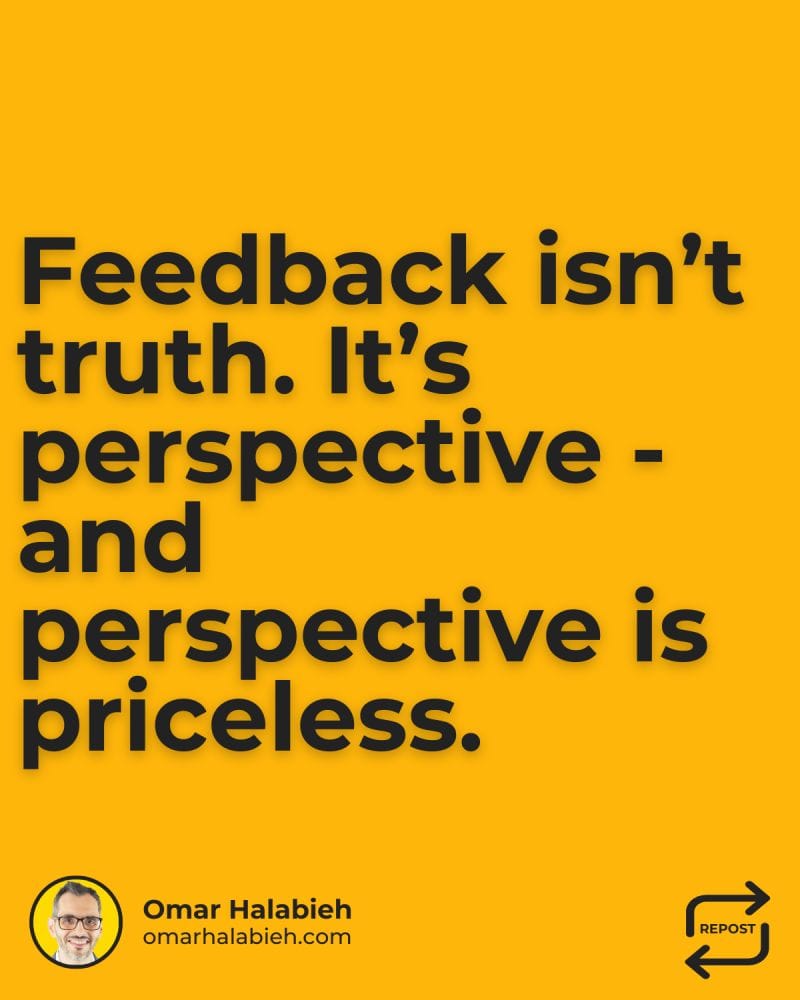High-performing teams aren’t assembled; they're built.
Here are the top 10 pillars we see in every top-performing team - in collab with Ryan Murphy:
1/ Communicate to Connect
➜Check for Understanding
↳Ask Clarifying Questions: Encourage team members to repeat key points to confirm understanding. ↳Document Next Steps: At the end of meetings, summarize the decisions made and the next steps.
➜Communicate Often and Early
↳Proactively Share Updates: Don’t wait for someone to ask—proactively and regularly share progress and changes. ↳Set Clear Expectations: Define what team members can expect regarding communication frequency and content.
➜Use Multiple Channels
↳Match Channel to Message: Use chat apps for quick updates and emails or wikis for more detailed information. ↳Encourage Team Preferences: Ask your team how they prefer to receive information and adjust accordingly.
2/ Default to Transparency
➜Proactively Share Information
↳Be Open About Challenges: Share successes and obstacles, ensuring the team knows you value transparency. ↳Document and Share Decisions: Make key decisions accessible to everyone by recording them and their reasoning in a shared space.
➜Provide Context
↳Explain the ‘Why’: Whenever goals or scope change, explain the reasons behind these decisions. ↳Be Honest About Uncertainty: If there’s ambiguity, communicate what you know and what you’re doing to clarify.
➜Encourage Feedback
↳Create Feedback Loops: Regularly ask for and give feedback in meetings, one-on-ones, and retrospectives. ↳Train on Giving Feedback: Provide guidance on how to effectively give and receive constructive feedback.
3/ Earn Trust
➜Expand the Open Area
↳Share Failures Publicly: Encourage team members to openly discuss what didn’t work and what was learned. ↳Organize Knowledge Sharing Sessions: Host brown bags, retrospectives, and demos to spread knowledge and transparency. ↳Foster Open Dialogue: Create spaces where team members feel safe to voice their opinions and concerns.
➜Reduce the Blind Spot
↳Promote Constructive Feedback: Make feedback a routine part of your team’s culture, covering strengths and improvement areas. ↳Facilitate Peer Reviews: Implement peer feedback in code reviews and regular retrospectives. ↳Model Openness: As a manager, be the first to accept and act on feedback, showing vulnerability.
➜Decrease the Hidden Area
↳Encourage Vulnerability: Promote psychological safety by being open about your challenges and concerns. ↳Support Honest Conversations: Regularly check in with team members about any challenges they might be facing.
➜Explore the Unknown
↳Encourage New Challenges: Give team members opportunities to work on projects outside their usual scope. ↳Identify Untapped Potential: Look for strengths and talents that haven’t yet been fully utilized, and create opportunities to develop them.
PS: High-performing teams don’t shy away from conflict. On the contrary, they use it as fuel to drive the right outcomes.

